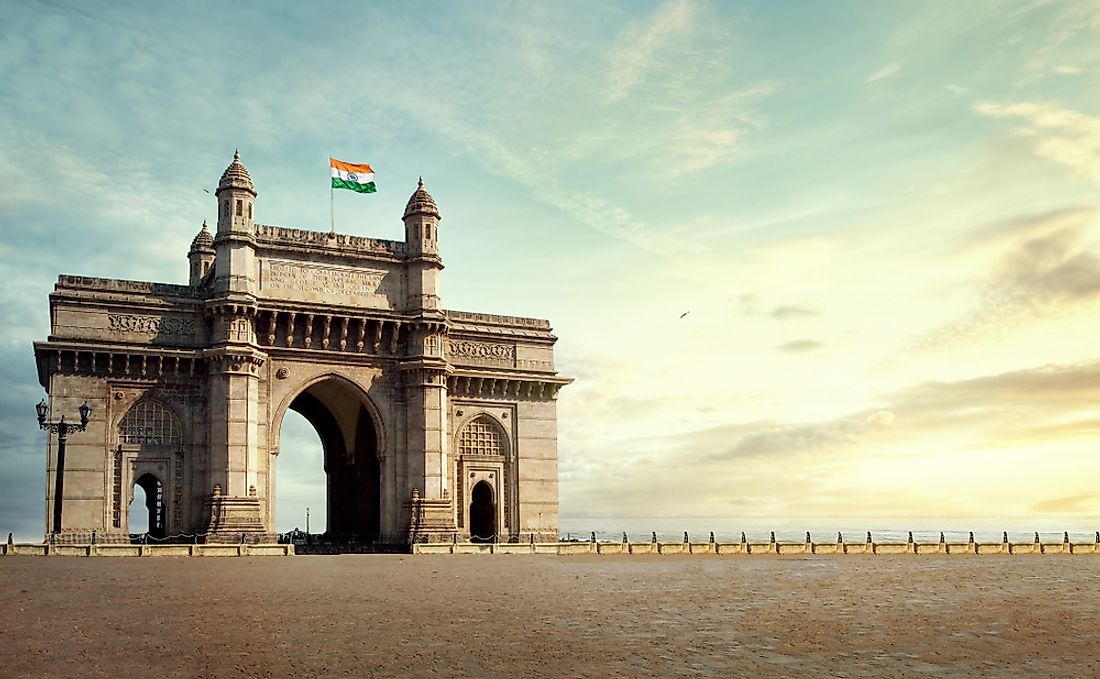Is India a Country?

India is a sovereign country. In political geography, a country is a distinct national entity. It can also be defined as a region with a defined territory that has a centralized government and a permanent population. A country has a defined boundary marked by imaginary borderlines that separate it from other countries. It also has a set of rules in the form of a constitution that acts as the basis for the activities that are allowed in the country. India is considered to be a country because of its defined population, its defined boundary, and a centralized government that is headed by the president as the head of state and prime minister as the head of government.
Brief Overview Of India
India is a South Asian country and the 7th largest country in the world by land area. It is also the second-most populous country in the world with a population of approximately 1.2 billion people. It is bound by several major water bodies including the Indian Ocean, Bay of Bengal, and the Arabian Sea. India’s economy is the sixth-largest in the world by nominal GDP and the 3rd largest by PPP. The term “India” is derived from an Old Persian word “Hindu” which also stemmed from Sanskrit word “Sindhu.” Sindhu was the name used to refer to the Indus Valley. The Ancient Greeks referred to the Indians mainly as the “people of the Indus.” The capital city of India is New Delhi while Mumbai is its largest city. With a population of 1.2 billion people, India is the largest democracy in the world by population. A total of 179 languages are spoken in India.
Geography Of India
India covers the bulk of the Indian subcontinent. It consists of a coastline that measures 4,700 miles in length of which 3,400 miles belong to peninsular India. The country covers an area of approximately 1.2 million square miles. Politically, India is divided into 29 states, 6 union territories, and one national capital. The states are further divided into districts. It is bordered by several other countries including Pakistan and Bangladesh and also shares its maritime borders with Thailand, Myanmar, and Indonesia. The climate of India is mainly influenced by the Thar Desert and Himalayas. The Himalayas keep the entire India subcontinent warmer by preventing the cold Central Asian Katabatic winds from blowing while the Thar Desert attracts monsoon winds which are loaded with moisture.
Road To Independence
A new period in the history of India began after World War I, in which over a million Indians served. The period was not only characterized by repressive legislation and British reforms but also an increasing call for self-rule. A non-violent movement of non-cooperation led by Mahatma Gandhi soon became an enduring symbol for the quest for self-rule, leading to independence in 1947. A constitution was completed and put in place in 1950 that established India as a democratic and secular republic. The country has since remained a democratic republic. The economic programs that began in the 1990s have made India one of the fastest growing economies in the world











